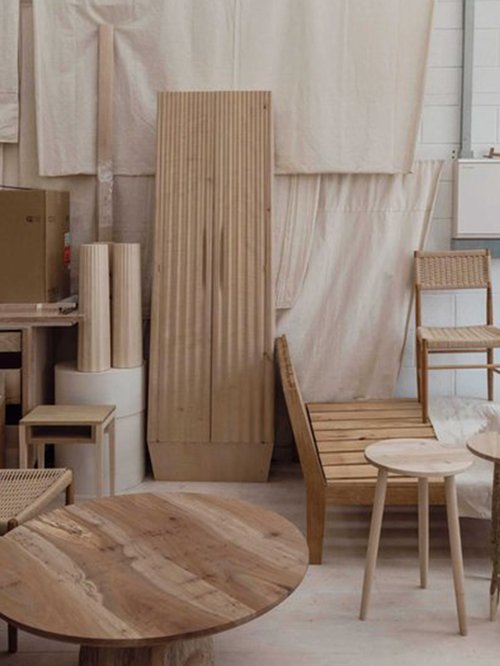
5 min read
Inside the Workshop: Sebastian Cox
On a recent trip to the UK, we had the chance to meet designer, craftsman and environmentalist Sebastian Cox, to learn more about his studio and have a tour of his workshop.

5 min read
Inexpensive, sustainable, versatile and efficient: why the humble wood shingle is enjoying a revival in the building industry.
A traditional cladding material that has been used at least since the 17th century throughout Europe, Asia and North and Central America, wood shingles are simple, thin tapered pieces of wood that can be used like slate tiles on roofs and walls. They are similar to wood shakes both in terms of appearance and derivation, but whereas shakes are typically hand split on one side with a rougher texture, shingles are sawn on both sides and are thinner. They overlap smoothly due to their tight taper and thus provide better waterproofing.
Shingles are incredibly environmentally friendly. If taken from a managed, sustainable forest, the footprint is essentially zero – not least because they can be returned to the natural ecosystem. They also contain none of the harmful toxins of artificial building materials and are energy efficient. Their versatility means they can be used in a wide variety of styles and projects.
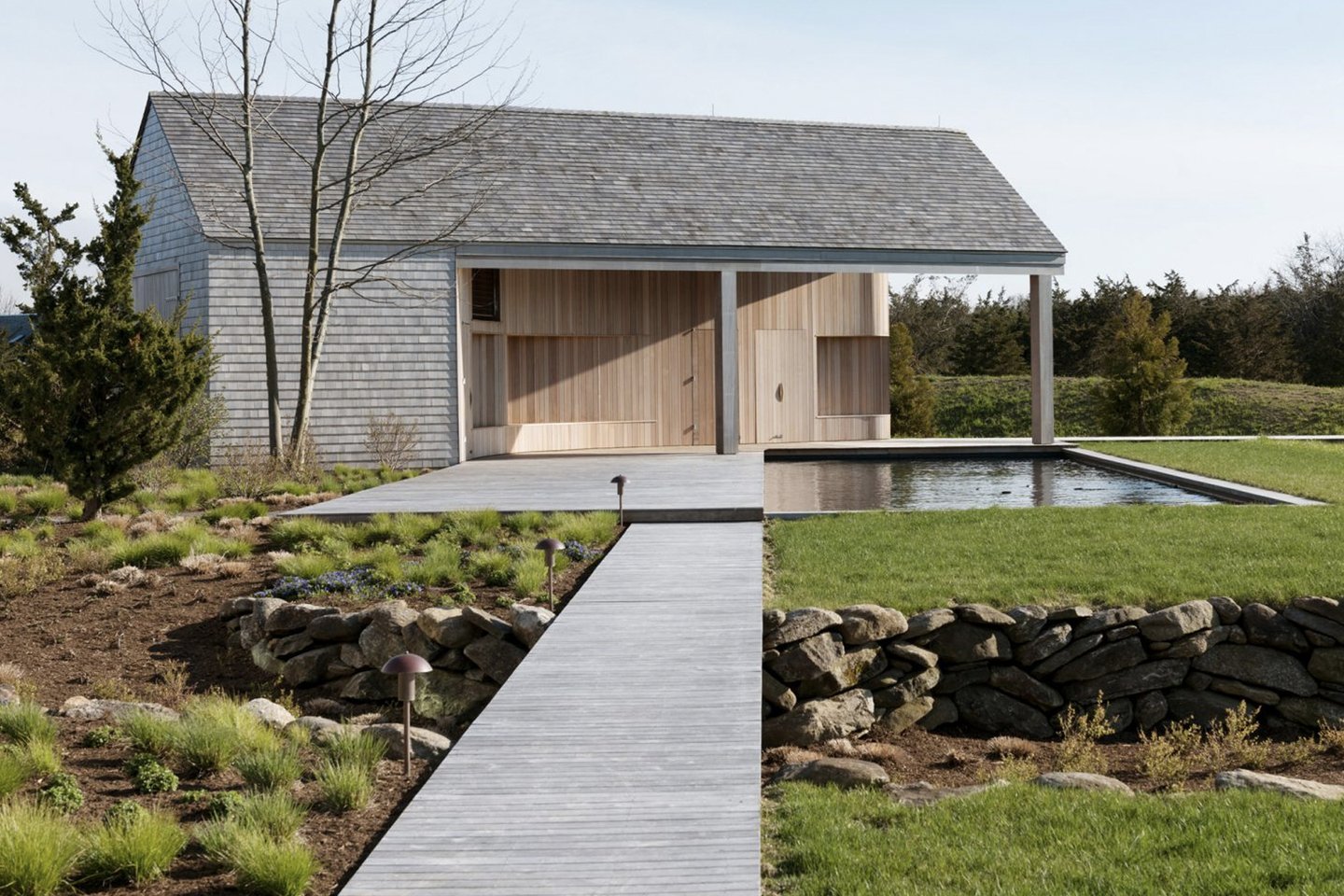
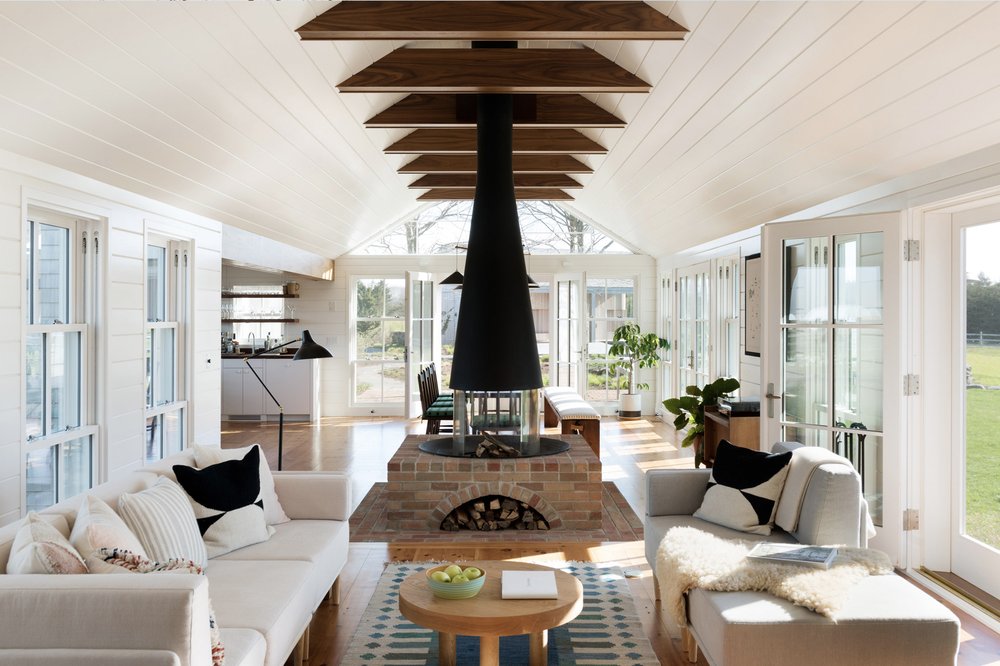

Although there are vernacular styles that have seemingly independently developed the world over, wood shingles are often associated with New England architecture. Drawing inspiration from early European settlers (and possibly Native American building techniques), wood shingles reached their zenith here in the Victorian era, however they are currently enjoying a revival.
Massachusetts firm Maryann Thompson Architects developed Cove House, their 8,000 square foot design, which expanded a traditional shingle-style house on a coastal location on Martha’s Vineyard. The existing, two-story gabled building was fully renovated whilst retaining and updating the shingle cladding on the exterior. Additional buildings, including a new garage and boathouse, were added, utilizing natural cedar – typical of the New England style – which is renowned for its simple, almost shaker aesthetic. This perfectly complements the cool, minimalist look of Maryann Thompson.
This isn’t to say that shingles can’t be used in more grandiose designs as well. Two long-since demolished classics of the genre include Kragysyde, built between 1883-85 in Manchester-by-the-Sea, Massachusetts by Peabody and Stearns as well as the magnificent triangular façade of William G Low House, built 1886-87 in Bristol, Rhode Island by McKim, Mead & White. Cove House uses shingles to cleverly convey the same American frontier spirit, coupled with an Arts and Crafts sense of humility, in a design that still feels thoroughly modern.
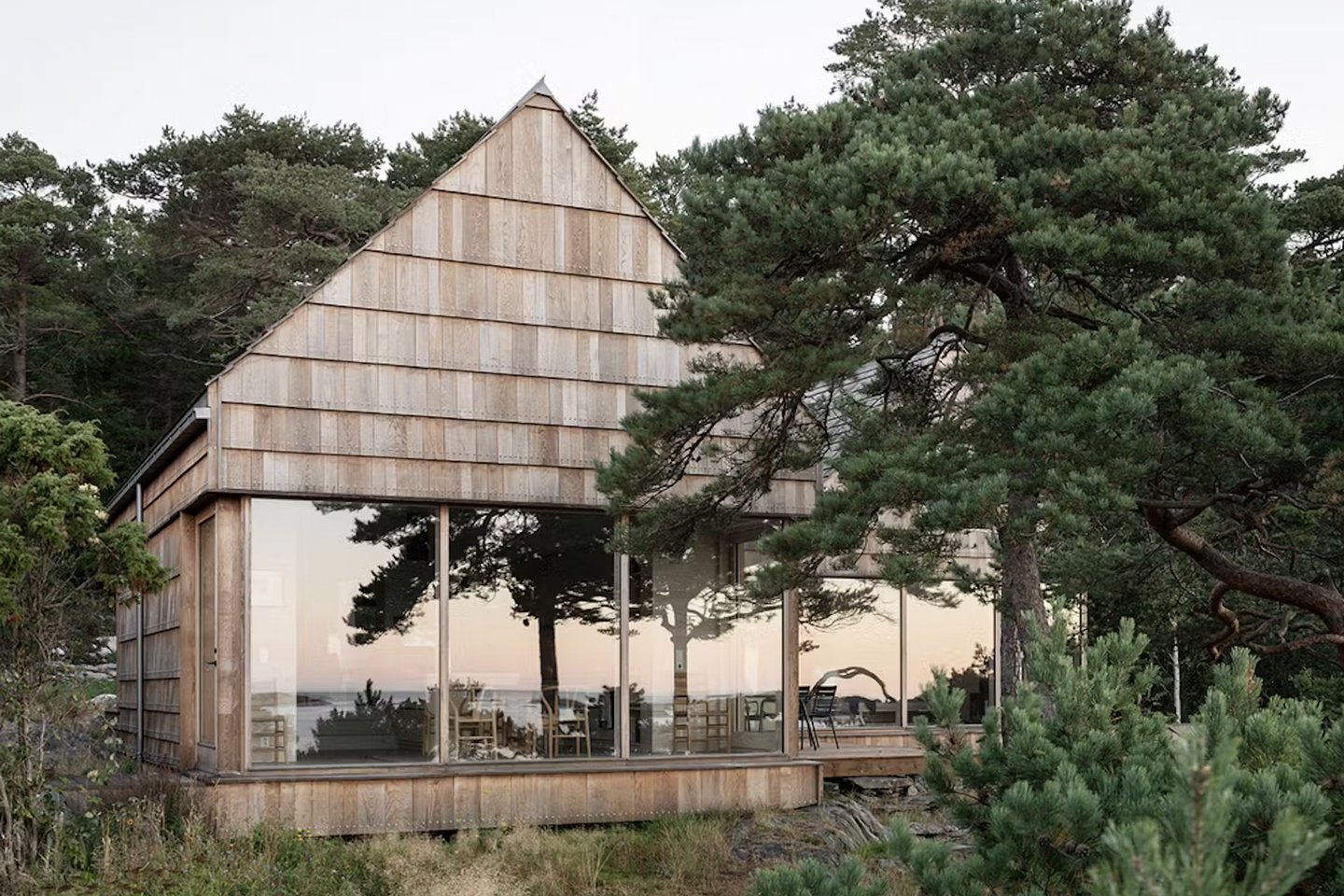


Shingles are often seen as rustic and unpretentious, typically used for the cladding on cabins and outbuildings, including sheds and – in Scandinavia and Central Europe – saunas. Using the wood from local tree species, and often making use of storm-damaged timber or recycled ‘wastage’, shingle cladding is a perfect example of reducing the footprint of building projects and extending the life of materials.
This is perfectly demonstrated by Kolman Boye Architects’ Shingle-Clad Cabin in Grimstad, Norway – a 2,000+ square foot gable-style cabin created using scraps from Danish flooring company Dinesen. Drawing on the collective knowledge of the carpenters, joiners and suppliers involved in the process, each of the more than 12,000 individual oak off-cuts from Dinesen’s floor production were pre-cut to size with minimal waste. They were then pre-drilled and pre-treated with tar before being transported to the site.
Nestled above a rocky outcrop overlooking the Skagerrak strait on the southeastern coast of Norway, the natural wooden material of the exterior façade blends in perfectly with the landscape of stones, lichen, ferns, conifers, and deciduous trees concealed on a rocky bluff.
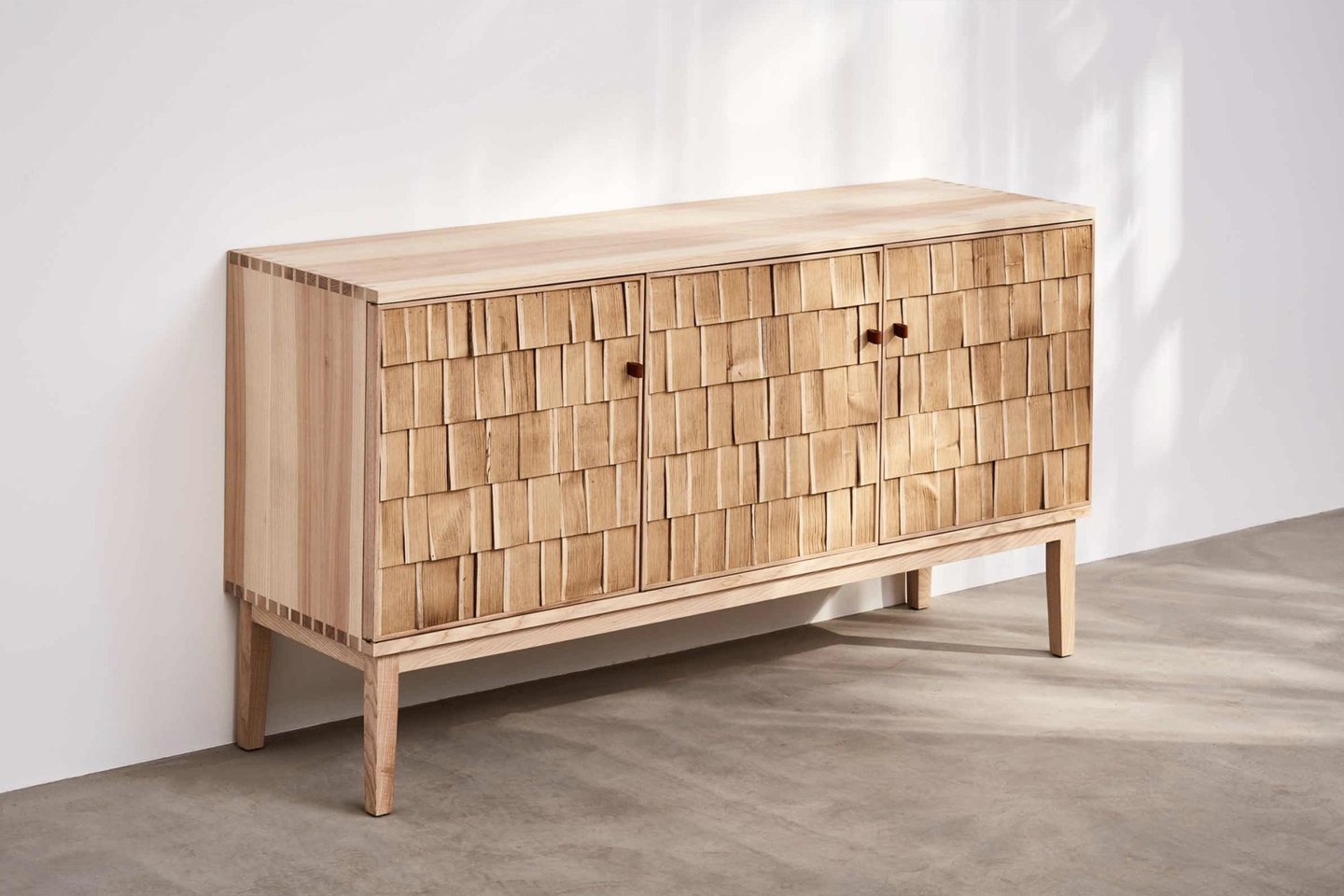
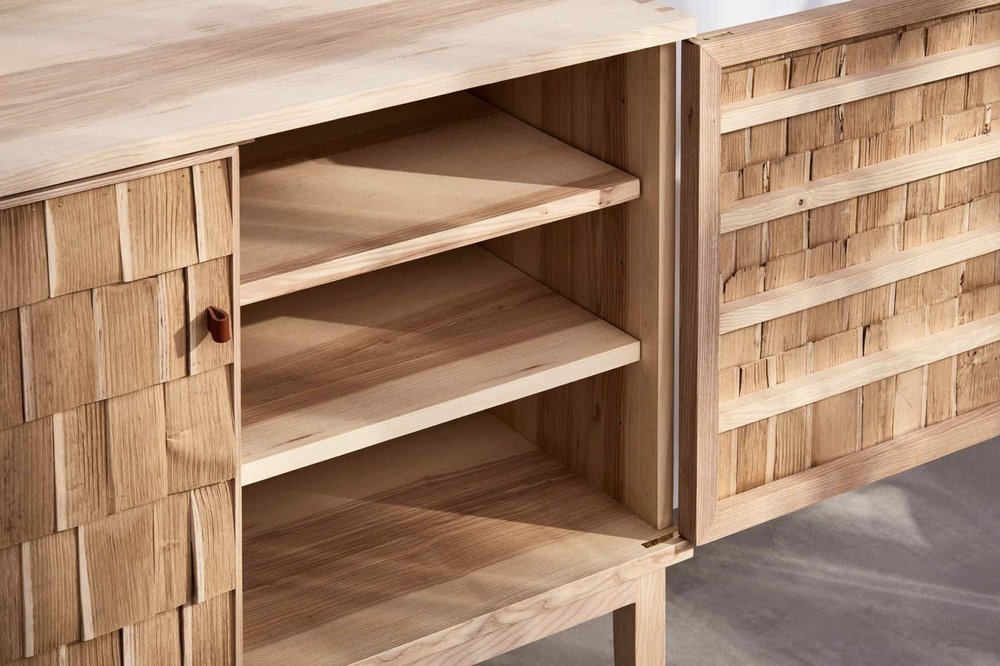

Although they are traditionally used as exterior cladding, the decorative qualities of shingles – not only in terms of pattern styles, sawtooth, rounded, square etc., but also in terms of hue and patina – make them appropriate for interior use as well. The furniture maker Sebastian Cox, working in partnership with his wife, Brogan, specializes in the responsible use of wood. They describe their designs as “made from a nature-first perspective”, using wood harvested from their own sustainable woodlands in Kent. Working in collaboration with Benchmark, co-founded by the late Sir Terence Conran and themselves pioneers in traceable, circular, responsible wood manufacture, they have produced the Shake Sideboard, made from coppiced chestnut with an ash frame.
As the name suggests, the paneling on the doors are, strictly speaking, shakes rather than shingles, as they are made by being cleft from the chestnut, leaving the surface rough for aesthetic reasons. These are however split as thinly as possible in a more shingle style to keep the doors light and full of texture.
As with all of Benchmark’s furniture, it carries Red List Free Declare labeling that shows its provenance, what it is made of and where it goes at the end of its life.

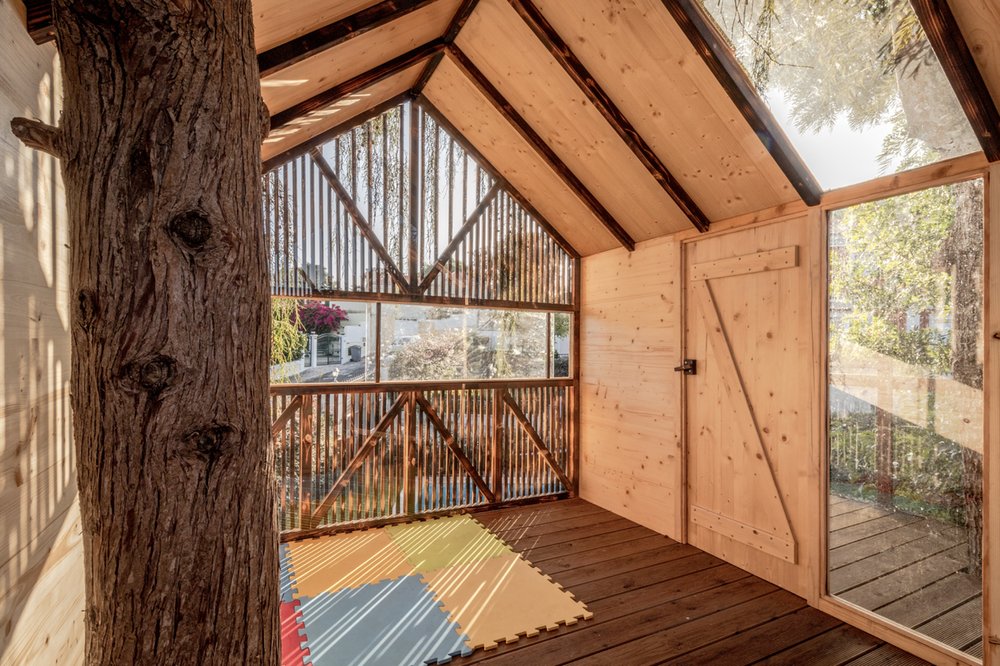

It’s little surprise that locations where shingles are traditionally popular are those with a plentiful supply of the raw material. Using wood from the forests that surrounded them, early adopters of the craft established a simple and efficient technique of preparing shingles, splitting them from straight-grained, knot-free bolts of wood. Although resistant to the elements to a certain degree, wooden shingles do need to be treated for fire-retardation and to prevent rotting and infestation. One technique is to use charred wood, as used in the traditional Japanese shou sugi ban method, which also provides a distinctive patina.
The entire exterior of this treehouse in Cascais, Portugal was burnt to better preserve the wood. Designed by the architectural firm Madeiguincho, it was created for a client who wanted to provide an elevated (in every sense) structure for his grandchildren, inspired by his childhood memories of playing among nature. It was built to incorporate three existing trees in his garden – two tipuanas and a cedar – that grow through and support the platform.


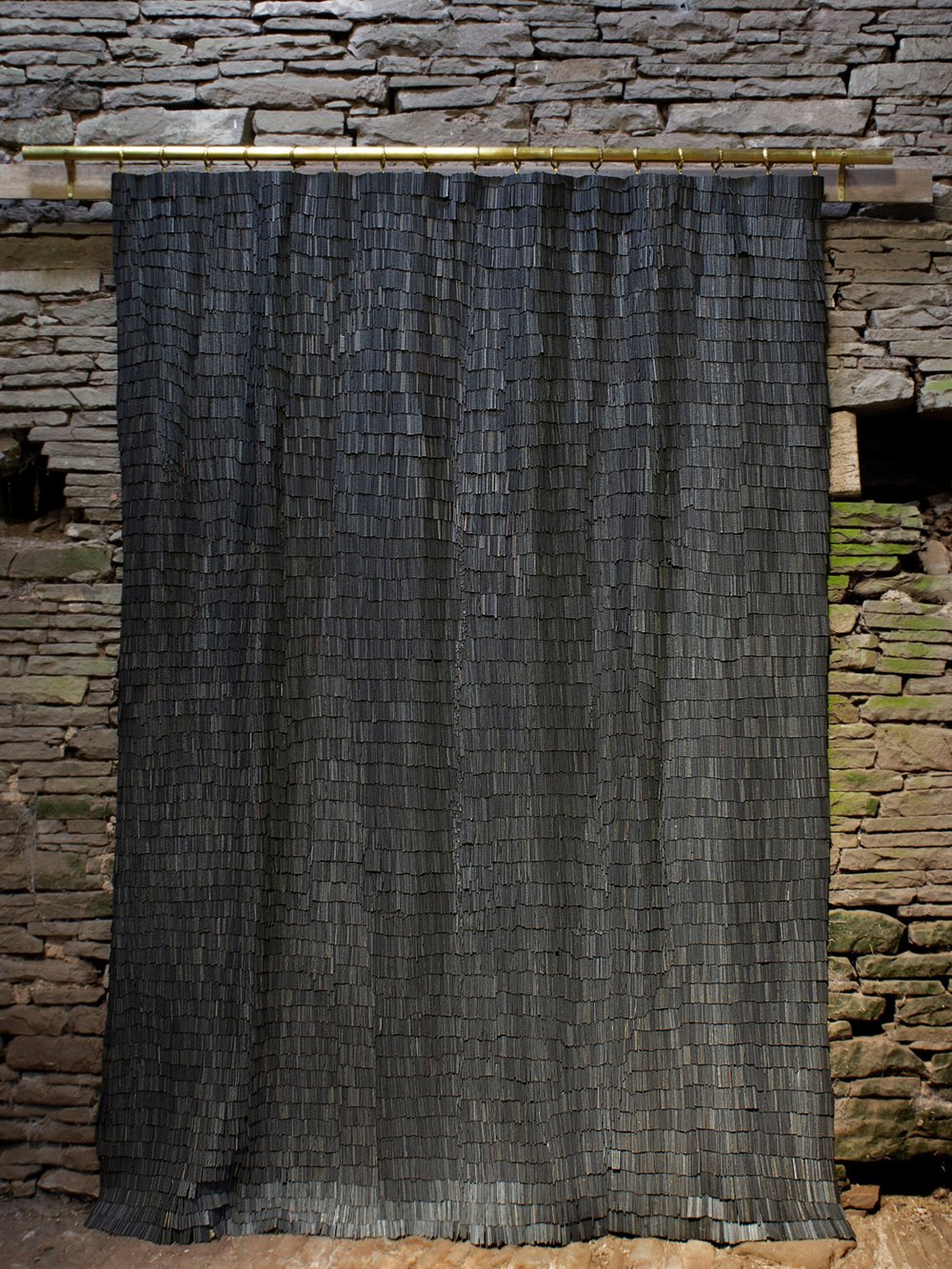
Aside from their many practical and sustainable benefits, the most obvious reason for the current popularity of wood shingles is their beauty. This is never more evident than in the work of Wycliffe Stutchbury, an award-winning artist working predominantly with wood, who creates freestanding and hanging wall panels that celebrate the ‘painterly qualities’ of shingles. “I like the idea of the wood being my medium,” he says. “The tiles are the brushes and their flow and direction are the brushstrokes.”
A fine example is his piece Hundred Foot Drain, a wood-paneled shingle screen made from excavated bog oak. Using fallen wood as his medium, he revels in the imperfections, cracks and weathering that create their own character – an expression of nature’s fragile and yet robust qualities. “I allow the timber I have before me to lead the way, and through a process of editing, I try to reveal the qualities and narrative held within it,” he says.
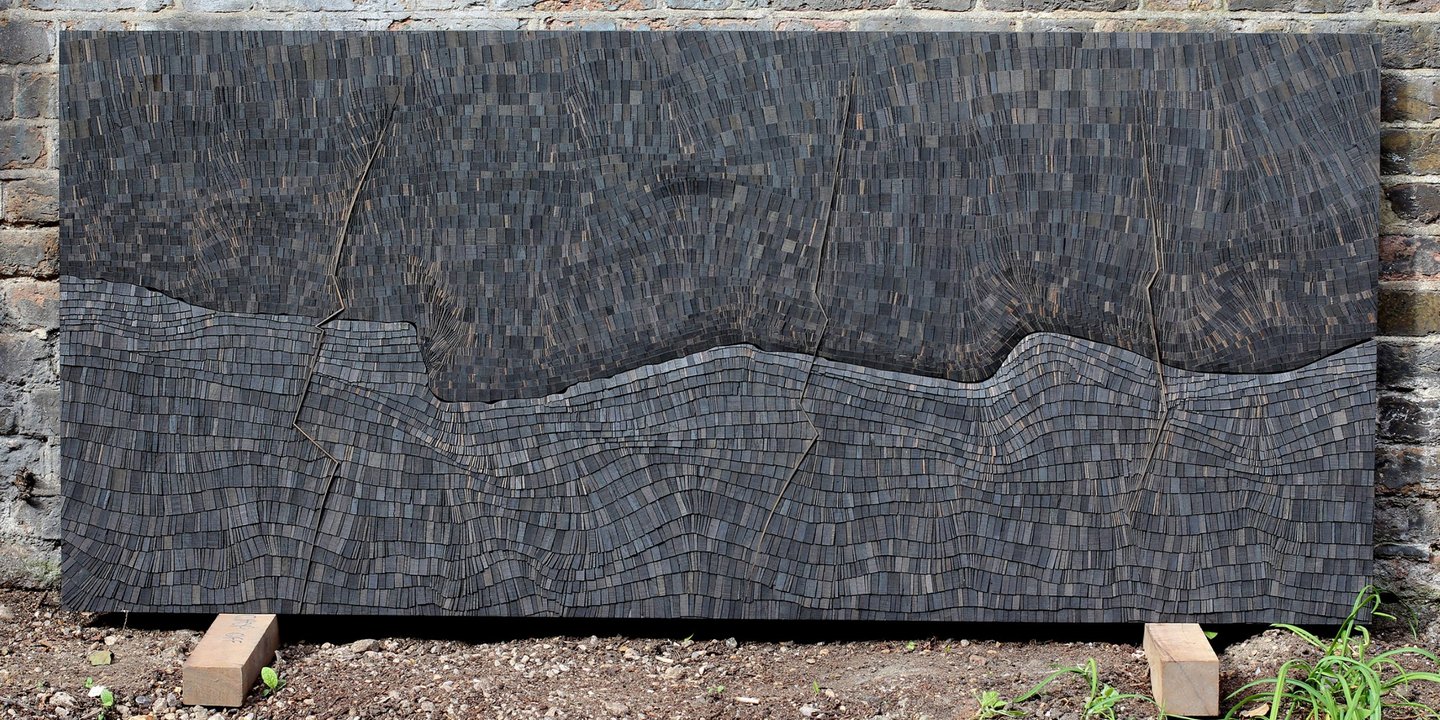
Good enough for a gallery, it’s little wonder that there has been a surge in interest in wood shingles, lending them to wildly different styles and movements. However, as the design and construction industries look to move to a more sustainable, circular method of working across the entire supply chain, they could prove to be more popular than ever.
Photography: Wycliffe Stutchbury, Chuck Choi, Johan Dehlin, Benchmark, João Carranca

5 min read
On a recent trip to the UK, we had the chance to meet designer, craftsman and environmentalist Sebastian Cox, to learn more about his studio and have a tour of his workshop.
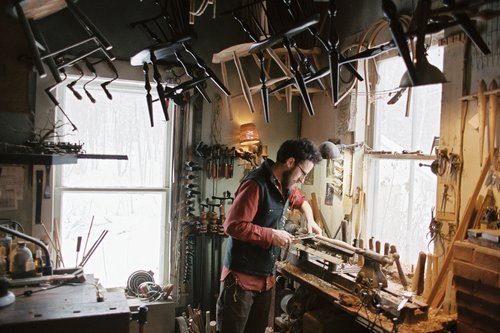
4 min read
WLLW speaks with Vermont's Sawyer Made on blending traditional woodworking with craftsmanship in Windsor chairmaking.